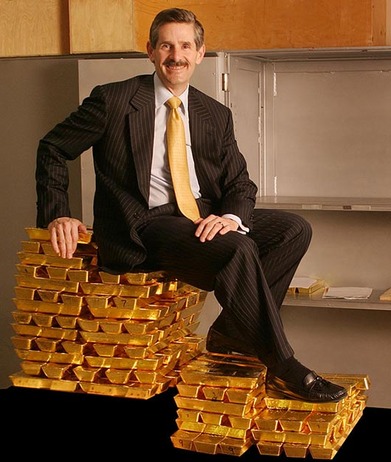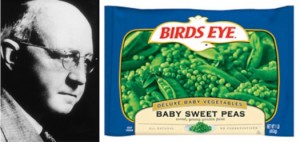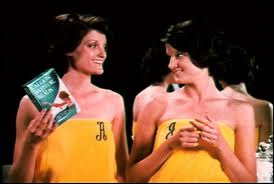Double Dipping : The first scoop
The first scoop – A $5 correspondence course and a social conscience
What is the recipe for success if you want to create one of the world’s most famous food brands?
Well if that brand is Ben and Jerry’s you need two friends, a $5 correspondence course, a $12,000 investment ($4,000 of which you would have to borrow), a social conscience, a sense of humour and …an ability to turn a problem into an opportunity.
Ben Cohen and Jerry Greenfield were childhood friends from New York. Jerry went to college but afterwards found himself unable to make his way into medical school. Ben too had started college but soon dropped out. He tried his hand at becoming a potter but without much success.
So, in 1977, the two friends sent off for, and completed, a $5 correspondence course on ice cream making, which they purchased from Pennsylvania State University’s Creamery.
It was during this period that the pair discovered a problem; Ben suffered from anosmia – the inability to perceive odour. A sense of smell is normally a key requirement for any budding chef and this could potentially have held the boys back. Instead Ben started developing recipes relying more on taste rather than aroma. This led to the brand’s adoption of its trademark chunky pieces and the source of many of its tongue in cheek names like Chubby Hubby, Chunky Monkey, Karamel Sutra and Cherry Garcia.
The next problem was where to open their first premises. “Our dream was to open an ice cream store in a nice warm college town. But all of those towns already had ice cream stores, so we ended up in Burlington, Vermont.”
Using a $12,000 investment, $4,000 of which they had had to borrow, the two business partners duly opened their ice cream parlour in a renovated gas station on May 5, 1978.
Right from the start Ben and Jerry were committed to doing good.
“From the very beginning, before we were even profitable, we always gave back. We sponsored events, like free ice cream day, outdoor movies and street festivals. Our business was ice cream, but our real mission was building community, making a difference, and having fun. Maybe that’s why our customers stuck with us through those long, cold Vermont winters. Two years later, when we started making money, it was only natural to support our loyal community with grants.”
 In 1979, they marked their anniversary by holding the first ever free cone day, now an international annual celebration.
In 1979, they marked their anniversary by holding the first ever free cone day, now an international annual celebration.
In 1980, they rented space in an old spool and bobbin mill on South Champlain Street in Burlington and began packing their ice cream in pints. These are distributed to grocery and “Mom & Pop” stores along the restaurant delivery routes that Ben had been servicing out of the back of his old VW Squareback wagon.
In 1981, the first Ben and Jerry’s franchise opened on Route 7 in Shelburne, Vermont (where Marco’s Pizza is now). In 1982 the old gas station was demolished to create a parking lot. Just before the wrecking ball was swung, the new Ben & Jerry’s on Cherry Street in Burlington was up & scooping.
In 1985, The Ben & Jerry’s Foundation was established, with a gift from Ben and Jerry & 7.5% of the company’s annual pre-tax profits, to fund community-oriented projects. Why 7.5%? Well, the pair were to explain later “In 1985 when we made our first public stock offering, our lawyers told us that we needed to tell the shareholders how much we were giving away, so we wouldn’t get sued. We wanted to give 10% of the profits away, but the underwriters refused, so we compromised at 7.5%.”
The creation of the foundation also formalised the concept of the “Double Dip – running a values led business and making money too”. It became the title for their 1998 best-selling book and, in the same year, the two men were announced as U.S. Small Business Persons of the year, an honour that was awarded by the then U.S. President, Ronald Reagan.
Next week – The second scoop : the post acquisition story – Ben & Jerry …& Yves



 Deciding he wanted a new challenge Birdseye’s accepted a field assignment in Labrador in the Dominion of Newfoundland (now part of Canada).
Deciding he wanted a new challenge Birdseye’s accepted a field assignment in Labrador in the Dominion of Newfoundland (now part of Canada).

 Jean picks up the story…
Jean picks up the story… The brand was renamed in 1990 and is now known globally as benefit and it lives by the girls’ own quirky philosophy –
The brand was renamed in 1990 and is now known globally as benefit and it lives by the girls’ own quirky philosophy –